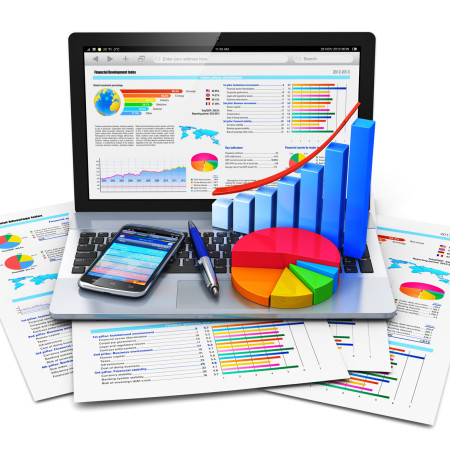Apple was a victim of its own success. Here’s what their recent release can teach you.
Oct. 4, 2011 was a date that the entire world anxiously awaited. That’s the day that Apple set to announce the launch of the next iPhone which is one of the fastest-selling and most-profitable products ever created. With over 30,000 daily activations, iPhones represent 28 percent of all mobile phones in the U.S. and account for 40 percent of Apple’s $65 billion in annual revenues.
When Apple announces the launch of a new iPhone, it’s a very big deal and the general consensus for this announcement was that the company would launch the iPhone 5, which would be a significant improvement over the current model. The phone that Apple revealed was not an iPhone 5, but instead a 4S. The 4S offers significant improvements over the iPhone 4, such as a faster processer, better camera, voice-command technology and more.
What was the response from the market? Apple’s stock price fell 3 percent. According to Mike Abramsky, an analyst for RBC Capital Markets, Apple sold over 4 million iPhones 4S during the first 72 hours after launch, yet the company’s stock price continued to fall as consumers and pundits alike were underwhelmed.
Why did the market respond like this?
The new product underwhelmed in large part because Apple has become a victim of its own success. Its previous product launches have all been extraordinary, which leads expectations to be set at extremely high levels. Consumers, industry analysts and investors expect to be blown away by a greater degree of intensity with each subsequent product launch. Is this reasonable? Probably not, but it’s a reality that the company must face. The same problem could befall your company if you try to follow up on an initial success with a new product that may not be as impactful as the first. If your company is at risk of underwhelming the market with a follow on product, what can you do to avoid an Apple iPhone 4S response from your customers?
Don’t let anticipation build up for too long
Product cycles vary from industry to industry. In some cases, it could be 10 years before a new technology is presented to the market but in the case of consumer technology products, the cycles are far shorter. Apple waited 16 months before launching the 4S which let anticipation build to the point where everyone was expecting the iPhone 5 to launch. Had the 4S launched earlier, the expectation would have been that this was indeed an intermediary product before the launch of the model 5.
Keep your customers engaged
Apple’s product launches are extraordinary events by design and are a key part of the company’s brilliant marketing developed by the late Steve Jobs. The company manages the build up to these events very effectively, turning the pre-launch time periods into a courting process between the company and its customers. Apple knows how to seduce us and this seduction is effective because they base it on mystery. Not telling us all we want to know about what is coming next keeps us interested. If you are able to manage this courtship successfully, it translates into profits, but if you overplay your hand, then your customers’ imagination will run wild and they will assume that the intensive secrecy must be to protect something truly outstanding. The layman’s imagination knows no engineering limits and no real product can compete with the imagined.
